Today we’re taking a look at the new Kinera ‘Skuld’ – a $550 USD IEM featuring five balanced armature drivers.
Note: The review sample of the Skuld was kindly sent to us for review by online hifi retailer HiFiGo, where it’s available for sale online for $550 USD. Our thanks go out to Hifigofor the opportunity to share our thoughts with Headfonia readers.
EDIT: Last week we launched an AudioQuest survey and $/€2400 USD/Euro prize draw. Don’t forget to check it out here.
Prolific Chinese audio manufacturer Kinera is back with a new mid-range multi-driver earphone featuring a dazzling paint scheme, premium packaging and accessories, and promising strong technical performance in the tough-to-crack mid-tier audiophile IEM market. Kinera is a relative newcomer on the personal audio scene, releasing their first hybrid-driver IEM, the ‘BD005’ in 2016. Since then, Kinera has released quite the swathe of universal in-ear offerings onto the audiophile market, and a glance at their website seems to hint that both custom and True Wireless IEMs will soon be joining their stable. We’ve had the chance to review quite a few Kinera IEMs over the years here at Headfonia (which you can check out here), including the $509 USD ‘Nonna’ which Berkan reviewed earlier this year in March. Kinera sets itself apart in the marketplace courtesy of a signature house visual panache, which gives their IEM range a far more colourful and standout family aesthetic flair compared to the somewhat more sober and utilitarian industry norms.

Kinera has also adopted a novel approach when it comes to multi-driver arrangements across their IEM line-up employing a mix of balanced armature, dynamic and Sonion electrostatic drivers in varying combinations among each of its earphones. Their flagship IEM, the $1399 ‘Baldr’ boasts no fewer than 7 drivers in total: four electrostats, two balanced armatures, plus a single dynamic driver, all crossed over in a three-way acoustic design.
Kinera’s newest release (and the subject of today’s article) is the new Skuld – a $550 USD, five balanced-armature IEM that sits smack-back between their $250 USD ‘Freya’ and the $849 USD ‘Odin 2.0’ models. Following in suit with the naming convention of their other products, their newest product also borrows its name from Norse mythology, ‘Skuld’ being the ‘Goddess of the Future’ youngest of the ‘Norn’ sisters whose job it was to decide the fates of people, apparently. Kinera has certainly imbued its newest IEM with quite the thought-out grand backstory, and they’ve certainly gone to lengths to create an appropriately similar sense of mythical ‘epicness’ with the dramatic packaging and presentation of the new Skuld.
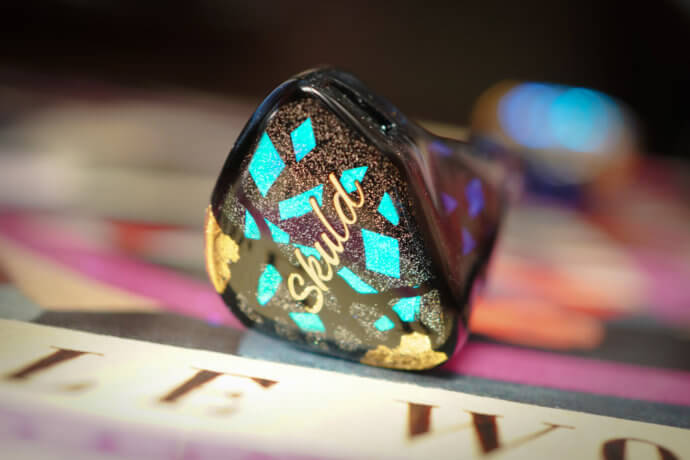
Kinera explains that they were searching for ‘balance’ when designing and tuning the Skuld, and in doing so they opted for an all-balanced armature design. Under the hood of the Skuld’s extremely shiny shells lay two of their own house custom armature drivers as well as three tried-and-proven drivers supplied by Knowles. As a result, Kinera claims that it’s their ‘flattest’ performing IEM after the more expensive Odin, with no more than 4dB variation in frequency response up to 8kHz.
The Skuld’s key product specifications of note are as follows:
Drivers – 3 Knowles BA+ 2 Kinera Customize BA
Impedance – 23ohm
Sensitivity – 120±2db
Rated Power – 3mW
Frequency Response Range – 5Hz- 50kHz
Plug – 4.4mm
Cable Length – 1.2m
Connector – 0.78 2pin
Adapters – 4.4mm-3.5mm adapter/4.4mm-2.5mm adapter
Supplied eartips:
- Final Type E
- Foam Eartips
- Custom RS-B4S
- Custom JH-FY009-B
The most obvious feature of the Skuld, at a glance, is its stunning abalone-like design on the IEM shells. Kinera has certainly given their newest design the full ‘house’ treatment here – their in-house artists hand-paint each unit to give it the Skuld an unmissable blue/green scheme, finished off with gold foil and silver glitter to make them even more eye-catching. It really does look an absolute treat in the flesh, making the Skuld certainly look (and feel) every bit the part of a $550 USD IEM.
This price tag puts the Kinera well above ‘budget’ territory and also places them up against some pretty stiff competition when it comes to deciding which company you’re willing to give half-a-grand of your hard-earned to. So with the design and visual boxes well and truly ‘ticked’, we’d better take a look and see whether the Skuld’s product experience and more importantly – sound quality – lives up to the high standard that Kinera has already set for themselves.
Packaging and Presentation
Kinera without a doubt takes the cake for creating the most ‘epic’ packaging that I’ve come across for an IEM. The large, hexagonal box emblazoned with dramatic visuals and mysterious copy might give the casual passer-by the impression that ‘Skuld’ is a role-playing adventure board game rather than housing a pair of audiophile IEMs. Inside, Kinera continues with the ‘mythical’ theme, with a glossy and rather comprehensive product pamphlet that tells the inspiration behind the development of the Skuld in addition to its specifications.

Lifting up the included documentation, the new Skuld owner is presented with a pretty comprehensive array of accessories laid out in cut-out foam relief inside the box. In addition to the star of the show, the shiny, colourful IEM shells themselves, Kinera has included the following:
- A magnetised, leather carrying pouch
- A detachable, 2-pin style litz braided cable, terminated in 4.4mm Pentaconn
- 2 x adapter jacks: single-ended 3.5mm and balanced 2.5mm
- A cleaning tool
- 4 x sets of different style eartips, for a total of 26 included eartips!
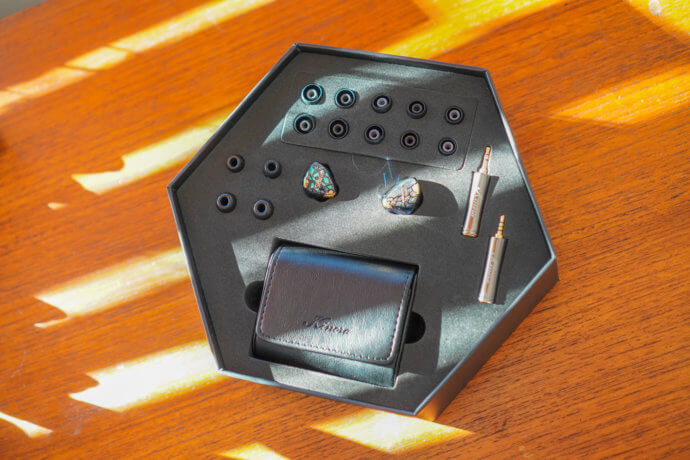
Form-factor & design
The Skuld is reasonably large, as universal IEMs go, obviously requiring a bit of internal real-estate to fit the five drivers inside each shell, as well as cross-overs and acoustic chambers. The shells themselves, as well as looking super-dazzling with their flecked and painted colour scheme, feel super sturdy and high quality in the hand, being made of a nice soft-touch plastic with no visible seams, joins or imperfections. It feels made to last – although I’ll imagine that you’ll want to baby these if you decide to drop $550 on them to keep that nice-looking paint job looking nice and scratch-free. A close inspection reveals one single, round port on the rear of each shell to relieve air pressure. The Skuld has a somewhat long nozzle, with a three-way bore that is definitely on the wider side – squeezing the supplied tips over them requires a little effort and quite possibly a little frustration too at times! Granted, I was swapping tips constantly during my review period with them, but once you find the right fit and the right sound, you’ll probably just leave them on there.

Irrespective of price, the Skuld are simply one of the nicest-looking and well-built IEMs that I’ve had the chance to spend time with, irrespective of price. They look even greater in the flesh than they do in pictures, which don’t really do them enough justice (my fault, sorry). Each of the carefully hand-laid colourful elements inset to the Skuld’s shells catch the light and give them a completely different look depending on which angle or time of day you’re looking at them. I’m more on the conservative side of things when it comes to how audio gear looks, but these have really grown on me. Full marks on the design front.
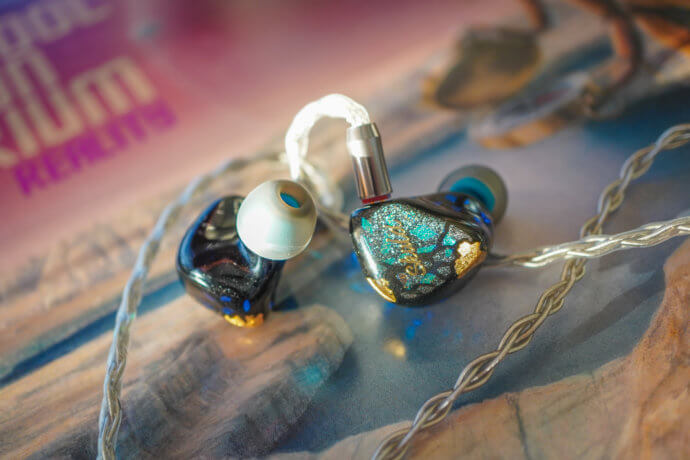
Kinera has opted to use a 0.78mm 2pin removable cable design for the Skuld, which is attached on the top of each IEM shell and designed to be work in the ‘over ear’ fashion. Speaking of cables, you are either going to love the Skuld’s stock cable or be mildly frustrated by it. In terms of its manufacturing, it’s absolutely superb – it’s a light, pliable and slightly rubberised 4-strand braided design, without any hint of microphonics or tendency to tangle/kink. It’s made from silver-plated copper with 192 strands, it’s an absolute winner. That is, if your go-to connection of choice is 4.4mm Pentaconn. Now, I applaud Kinera for taking the plunge and making a forward-facing choice here given that more and more equipment manufacturers are opting to use Pentaconn as a standard for portable hifi. But, if you want to use a single-ended source, or if you’ve chosen a device with a 2.5mm balance output, then you’re going to need to snap one of the supplied adapters over the top of the permanently attached Pentaconn termination.
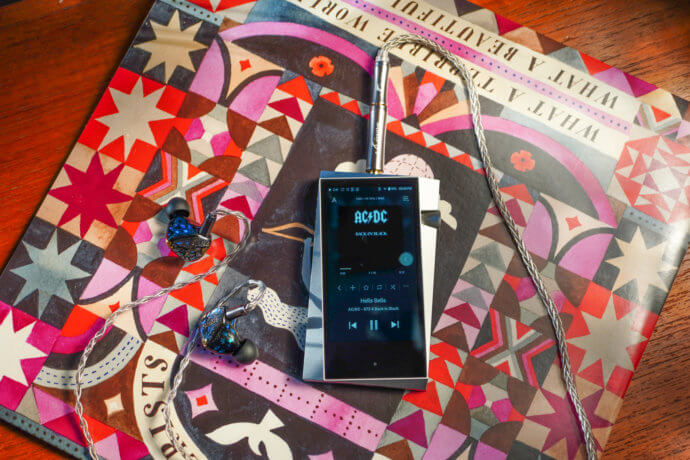
It’s great that they’ve given the Skuld owner a range to choose from here (which should be a basic expectation at this price point), but it can be a little clumsy to have a cable + adapter sticking out of the top of a portable device. It also looks a little awkward, and I did have concerns about potentially bending or snapping things while pocketing a DAP whilst listening to the Skuld on the go. Fortunately, I happened to have an Astell&Kern Pentaconn adapter from Effect Audio on hand, so this was my go-to DAP solution with the Skuld, for the most part.
Comfort and practicality
Despite being on the larger side, the Skuld manages to hide its size with a nicely svelte, ergonomic fit. They fit nice and snugly inside my ears without any discomfort thanks to their smooth edges, comfortable materials, and clever shape. Given their size and nozzle length, note that they will protrude slightly outwards from your ears, but not comically so – you just won’t be sleeping on your side with these in.
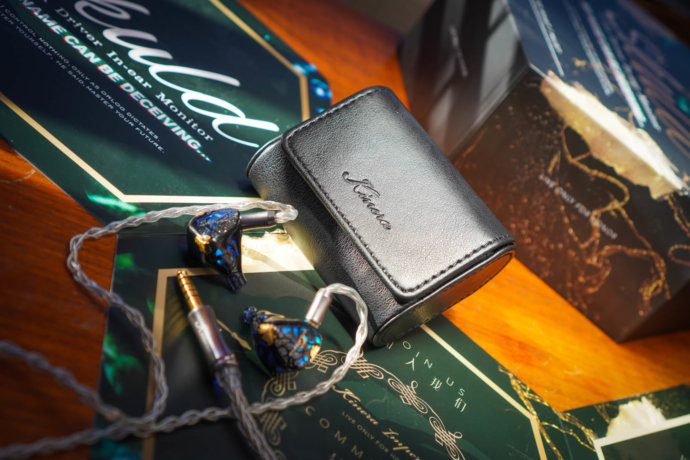
External isolation is pretty excellent for a universal design blocking out almost entirely the noise of the renovations being done on the roof of my home, as well as the extremely ‘clicky’, tactile noise of my F96 keyboard as I type up this review. The Skuld’s comfort and ability to keep out the outside world makes them practical contenders for everyday and all-day use alike. Of the supplied tips, the medium-sized Final Type E silicone tips that I lifted first out of the box proved to provide the best mix of comfort and sound quality. The larger of the two sets of suppliers foam tips were also super comfortable, and also took isolation up a notch further.
So, with the Skuld impressing so far with regards to design, build and practicality, let’s see if Kinera has backed up its strong physical credentials with a winning sound signature – click over to the next page to see how it fares in terms of sound quality and performance.
Click over to page 2 to continue the review.






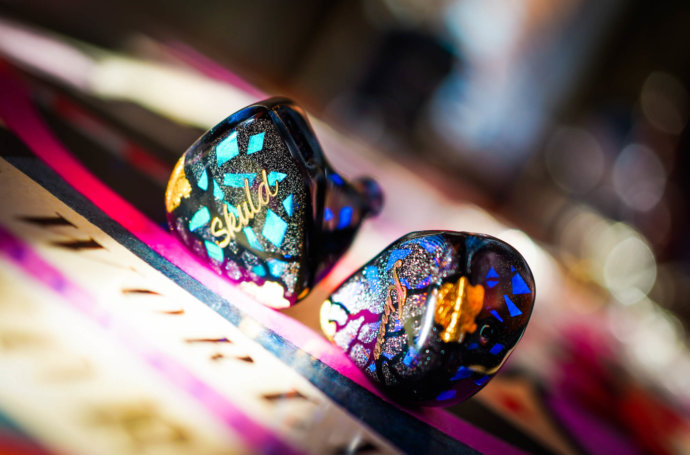
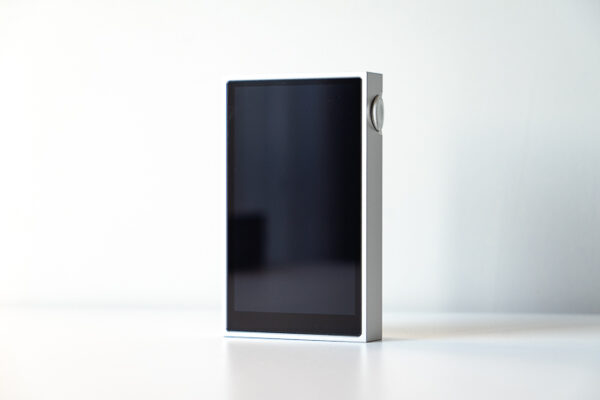

Alex
Hello! I want to become a music producer and i’m aiming at an iem neutral, precise which tells me with criticism what truly there is in the track; i have seen the skuld frequency response graph and i ask you: “can the skuld be defined a real studio monitor? Are they balanced and neutral enough to be defined as a true studio monitor for music producing and mastering?
Matty Graham
I’m no studio professional, so please take my advice with a grain of salt. The Skuld is pretty revealing and faithful to the source, so I could imagine it being a good ‘tool’ in that sense.
Adam
Great review Matty. I now love a balanced IEM, which I only discovered after listening to the Polaris II one day which was just too much bass for me. Gave me a headache! I may have to try the Skuld.
We’re all waiting for Matty podcast style reviews strolling and rolling round Bondi bowling club, that would be fantastic!
Matty Graham
Happy to loan them to you mate! Let’s catch up for a beer at the bowlo…when we’re allowed to again.